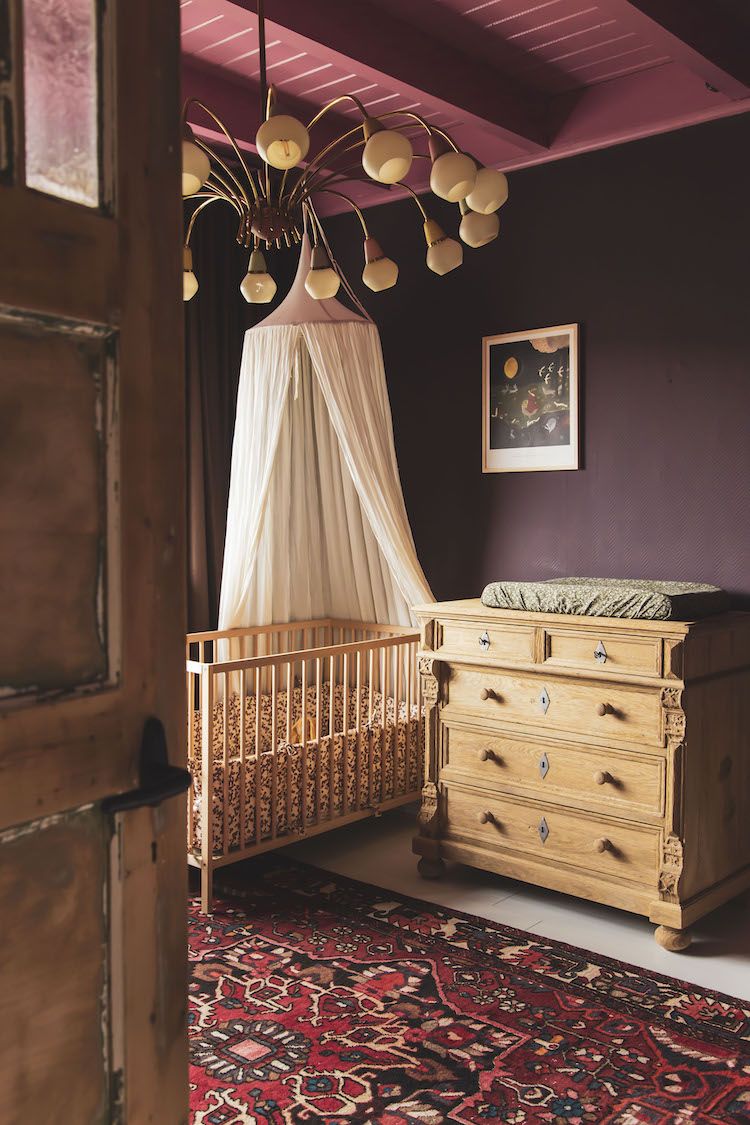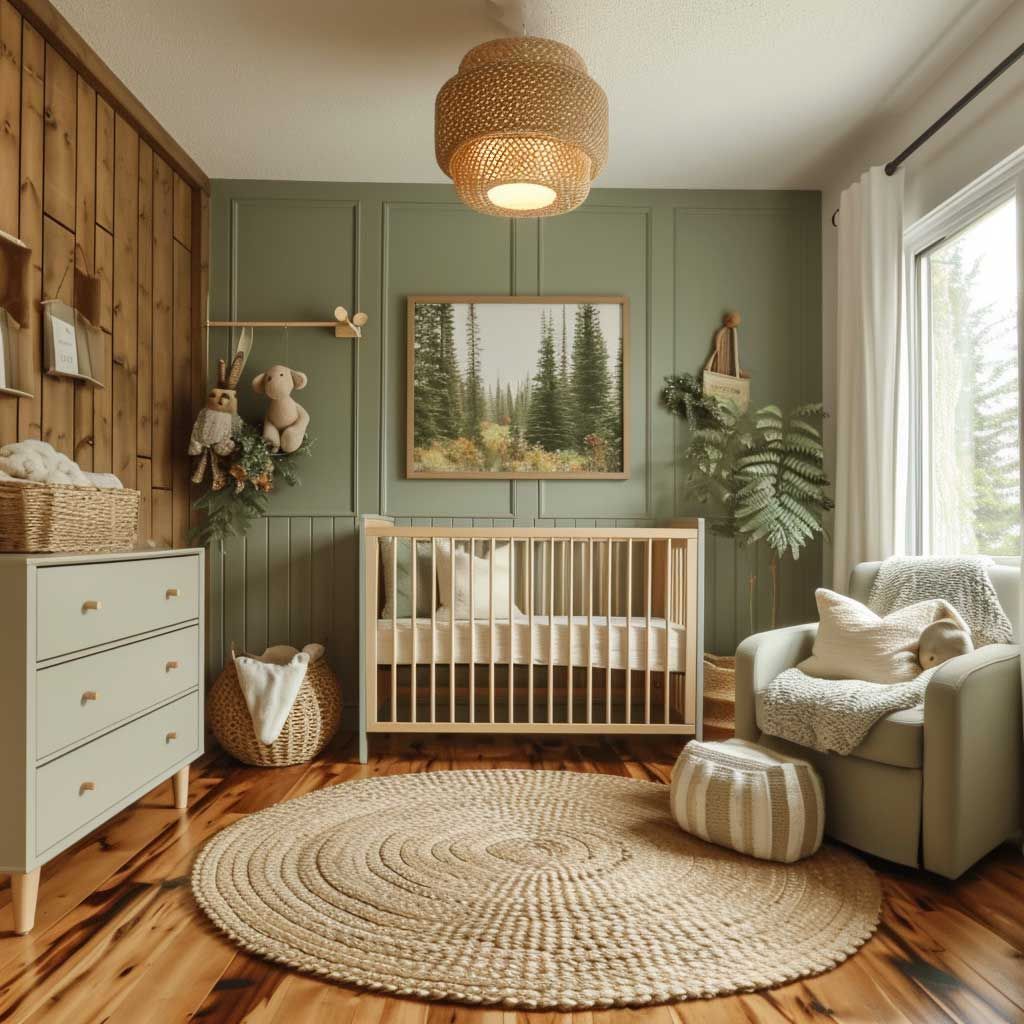
Designing a baby room is an exciting and fun task for parents-to-be. When it comes to creating a space for your little one, it’s important to consider both functionality and style. The key elements of a well-designed baby room include a comfortable crib, a changing table, ample storage for clothes and toys, and a cozy rocking chair for late-night feedings. When choosing a color scheme, soft and soothing pastel colors like pale pink, light blue, or soft yellow are often preferred for a calming atmosphere. Additionally, incorporating cute and whimsical decor items such as plush rugs, hanging mobiles, and adorable wall art can add a touch of personalization to the room. Safety is also a top priority when designing a baby room, so be sure to secure furniture to the wall, cover electrical outlets, and choose non-toxic materials for all furnishings. Ultimately, the goal of a baby room design is to create a warm and inviting space where your little one can grow, play, and thrive.
Designing a baby room is an exciting project for expecting parents. It offers the opportunity to create a nurturing and comfortable space for the newest member of the family. When planning a baby room, careful consideration should be given to both aesthetics and functionality. The key is to create a space that is not only visually appealing but also practical for daily use.
One important aspect to consider when designing a baby room is the color scheme. Soft, soothing colors such as pastel blues, pinks, or neutrals are typically preferred for creating a calming atmosphere. Bright, bold colors can be stimulating and may disrupt a baby’s sleep. Additionally, choosing non-toxic, low-VOC paint is essential to creating a safe environment for the baby. Incorporating different textures and patterns in the decor can add visual interest without overwhelming the space.
Another crucial element in baby room design is furniture selection. Investing in quality, versatile furniture pieces that can grow with the child is a smart choice. A comfortable rocking chair or glider is essential for late-night feedings and soothing the baby to sleep. A sturdy crib with adjustable mattress height is also important for safety and convenience. Additionally, adequate storage solutions are necessary to keep the room organized and clutter-free. Consider incorporating multi-functional furniture pieces such as a changing table with built-in storage or a crib that converts into a toddler bed.
When designing a baby room, prioritizing safety is paramount. Ensure that all furniture is securely anchored to the wall to prevent tipping. Use cordless window treatments to eliminate choking hazards. Install baby-proofing devices on electrical outlets and cabinet doors to prevent accidents. Creating a safe, nurturing environment for the baby is the ultimate goal of baby room design. By carefully considering color schemes, furniture selection, and safety measures, parents can create a functional and aesthetically pleasing space for their little one.
 Decoration Ideas
Decoration Ideas










